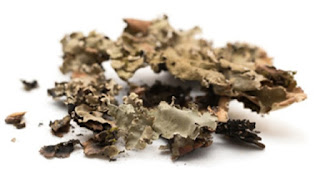Kewra Water

Kewra water is an extract that is distilled from pandanus flowers. It is a transparent liquid, almost similar to rose water. Although pandanus trees grow almost everywhere in tropical Asia, kewra water is still mainly a Northern Indian flavoring that is not used anywhere else. In Western cooking, kewra water makes a fine alternative to the flower essences like rose or orange essence. It can be substituted with kewra essence, which is more concentrated. How to Select Kewra water is available in bottles only in selected food stores or supermarkets. You can check online order from the various companies. Some brands of kewra water are artificially flavored, so check the label. It is available throughout the year Culinary Uses · It is used to flavor meats, drinks, and desserts in India, Pakistan, Bangladesh specially the northern part and Southeast Asia. Sweets like ras gullas, ras malai and many more bengali sweets can be dipped or soaked in kewra water to give it a floral


